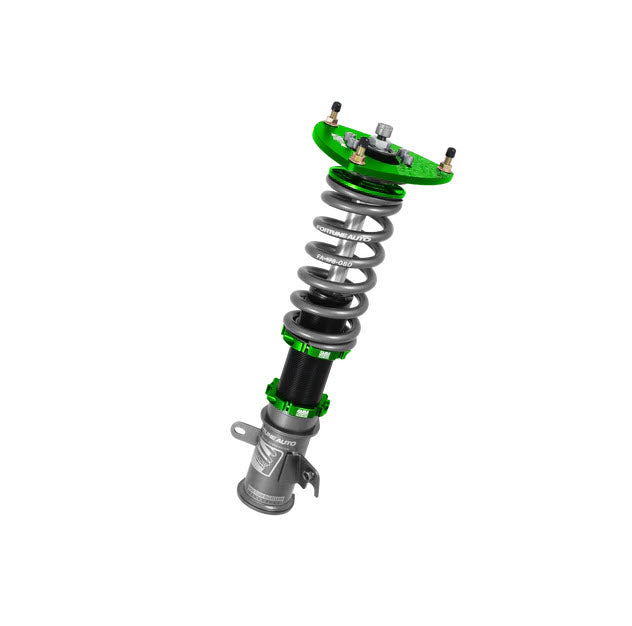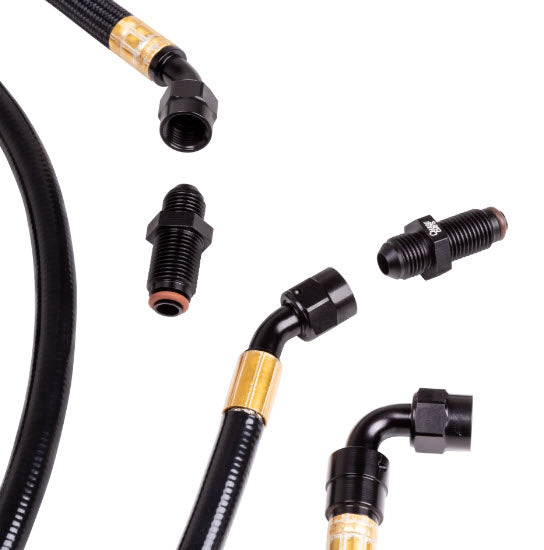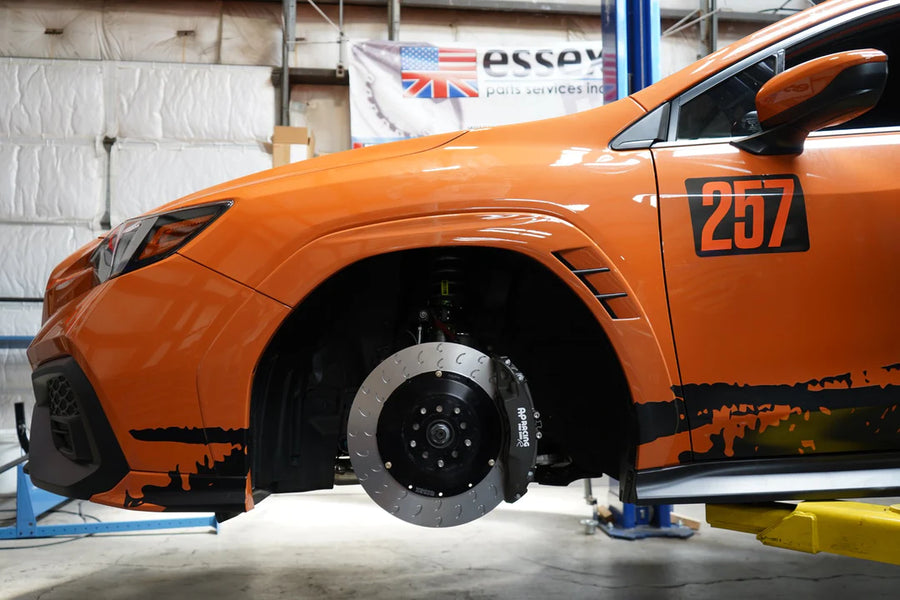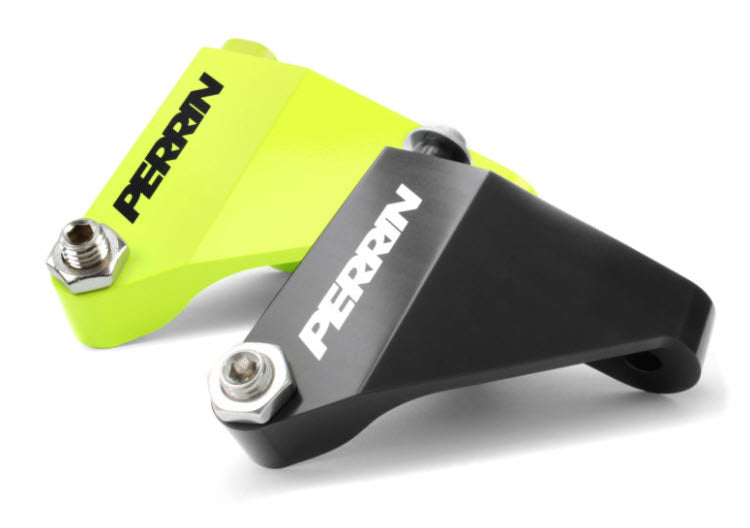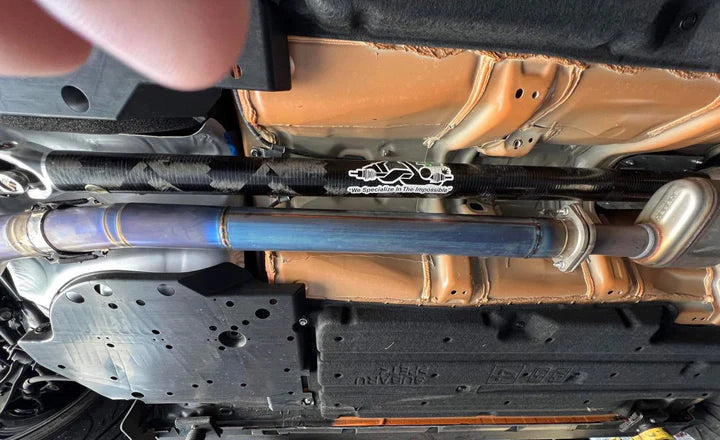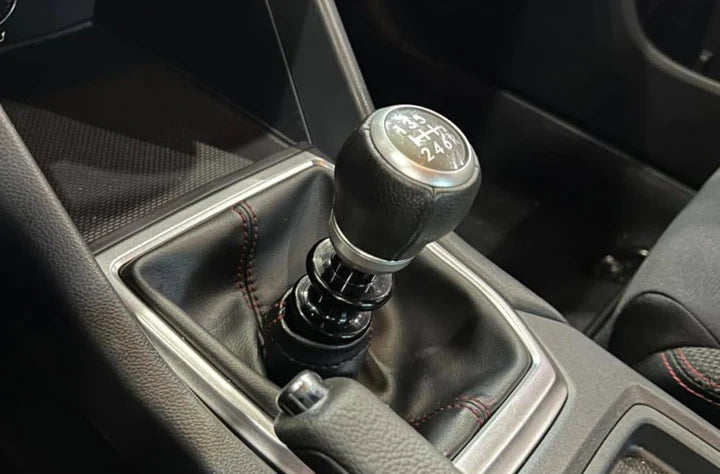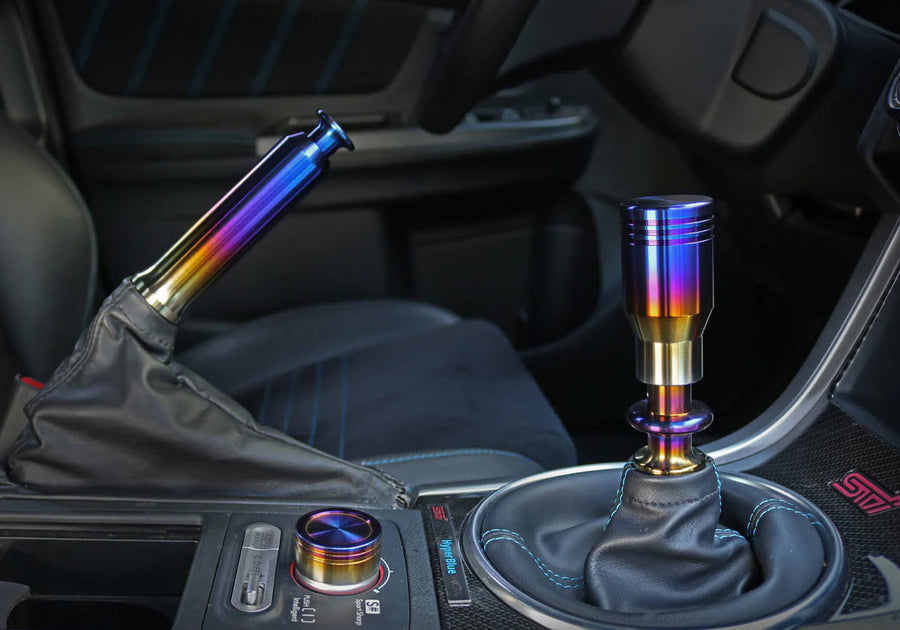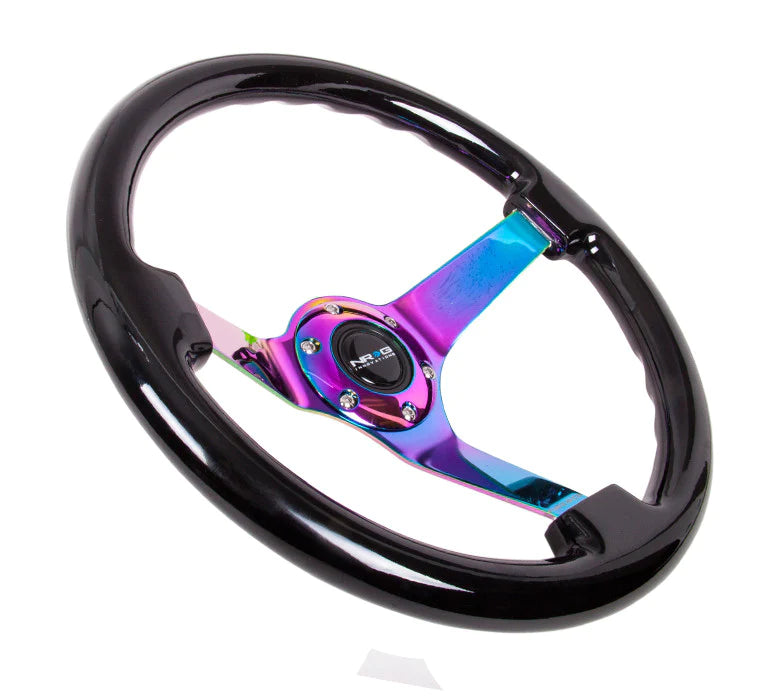Common Mistakes To Avoid When Bleeding Brakes

Properly functioning brakes are crucial for your car's safety. One essential aspect of maintaining your car's braking capabilities is bleeding the brake system. It's no secret that a malfunctioning braking system can lead to disastrous consequences, especially when aftermarket car parts are involved. Here are common mistakes to avoid when bleeding brakes to keep you and your passengers safe on the road.
Mistake #1: Attempting To Bleed Brakes Alone
Bleeding brakes is generally a two-person job. One person depresses the brake pedal, while the other opens the bleeder valve to release air and brake fluid. Attempting to do this solo can not only be frustrating and time consuming but can also lead to further issues if you don’t do it correctly.
Mistake #2: Neglecting Vehicle-Specific Guidelines
Every vehicle is different, and so are its brake bleeding procedures. Consult your car’s service manual for specific instructions, and follow them closely. This will ensure you don't damage the braking system or inadvertently introduce more air into the system.
Mistake #3: Forgetting To Top Up the Brake Fluid Reservoir
If you start bleeding the brakes with an empty or low brake fluid reservoir, you'll end up introducing even more air into the system. Remember to top up the reservoir with the correct brake fluid type before you get started. Also, check regularly to ensure the fluid level remains adequate throughout the bleeding process.
Mistake #4: Using Old or Contaminated Brake Fluid
Another mistake to avoid when bleeding brakes is using older or contaminated brake fluid. Brake fluid absorbs moisture over time, which can degrade its performance. It’s always best to use new, clean fluid when bleeding the brakes. You should also avoid opening the brake fluid container until it's time to use it, as this can prevent moisture contamination.
Mistake #5: Overtightening the Bleeder Valve
If you crank the bleeder valve down too tight, you risk damaging the threads, which can result in brake fluid leakage and potentially hazardous driving conditions. Be gentle, and use a wrench or socket that’s specifically for brake bleeding to avoid overtightening.
Mistake #6: Skipping the Final Inspection
Once you've completed the brake bleeding process, you must inspect your vehicle's braking system thoroughly. Look for any fluid leaks, verify that the reservoir is at the proper level, and check that you've closed all bleeder valves tightly. Test your brakes for firmness and effectiveness before hitting the road again.
The next time you bleed your brakes, avoid these common mistakes. By following the proper procedures and utilizing high-quality aftermarket car parts from Dirty Racing Products, you can ensure your car's safety and performance on the road. When in doubt, don't hesitate to consult a professional or your vehicle's service manual for guidance.


